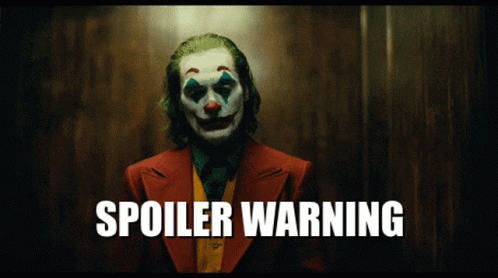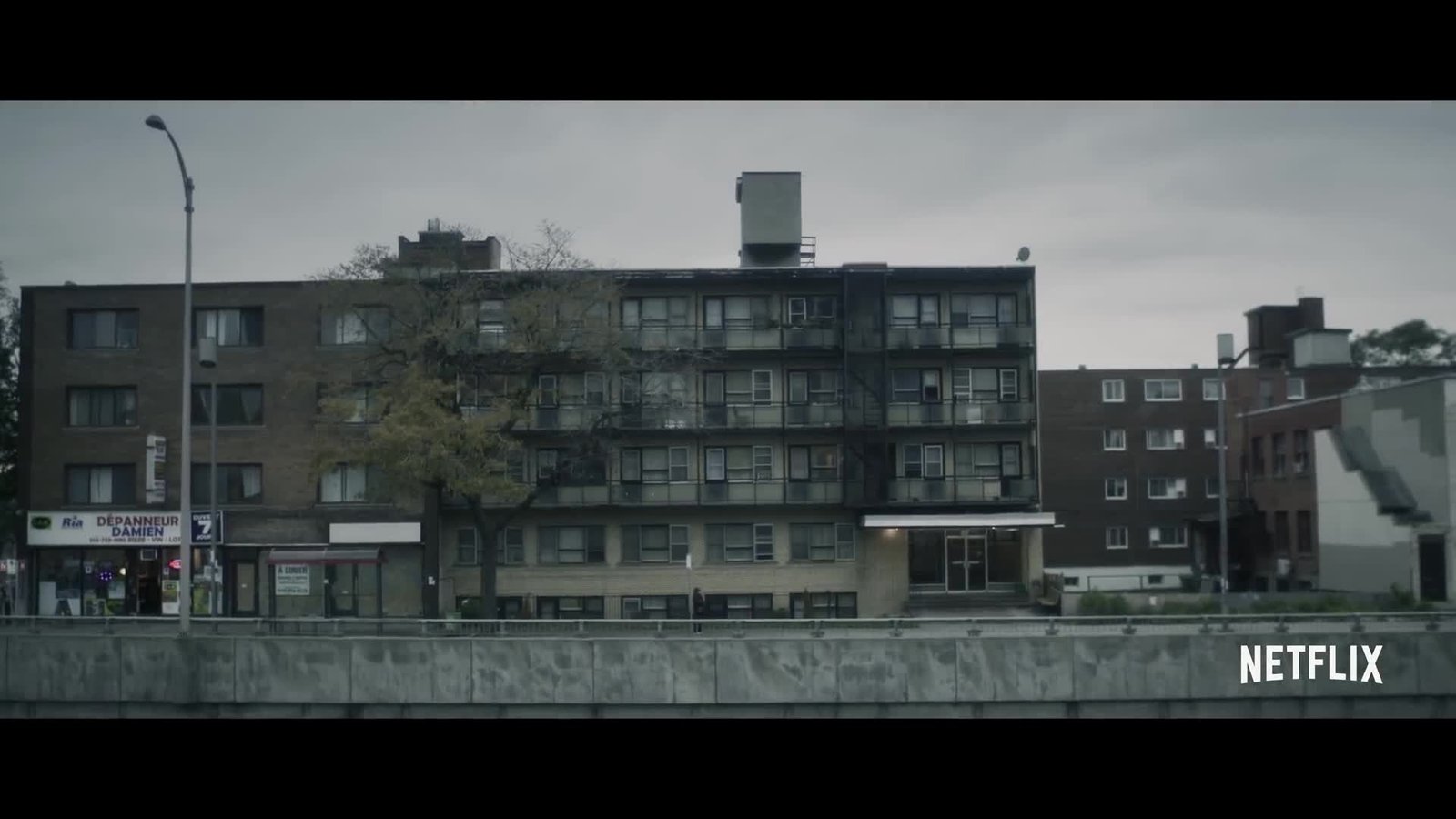
A colleague in my current writing assignment team asked me to watch Netflix' Don't F***k With Cats in order to analyse the story structure and later on, discuss how we can use it to improve a project that we are working on. So bear in mind, should you read this, that those are stripped down story notes and not a review of the Netflix show.
This is a structure analysis of the entire run of 3 episodes, so before you continue:

High Level Overview
- The first episode introduces all the characters as well as the central premise: a man posts videos of himself killing cats on the internet and a group of people form a netizen task force to find him and get him arrested. In this episode, we meet all the main characters, we learn about the detective work that they do to find more about the perpetrator, and we discover that the criminal posted 3 videos of torturing and killing cats. End of episode cliffhanger: we find out that in the next episode, he will murder a person.
- The second episode is all about the murder of the victim, posting the video online, the search for the location of the murder, the involvement of the police and the news, and the criminal's escape. End of episode cliffhanger: where is the killer headed now? Will he kill again? Is our main character (Deanna Thompson) in danger?
- The final episode is about the tracking and catching of the criminal across multiple countries, how everything is seen through the eyes of the initial group of online detectives, going deeper into the past and psychology of the killer, and bringing forward a potential second perpetrator that may have forced the killer to do all the things he did.
The beginning and Raising the Stakes
We start with our main character: Deanna Thompson. The title, Don't F***k With Cats is explained in the first few minutes of the show through an interview of the character, and the premise is explained through her and through some b-rolls. One of the images caught my eye early on: an old looking building with a mechanics shop that has a sign written in French (more on that later).
We begin the show with someone who posts cruel videos of killing cats. A facebook group forms to try and find the perpetrator. The more they try to find out, the more disturbing the person looks. Then, we finish the first episode with a cliffhanger about the first murder. He goes from killing animals to killing people.
The next episode is about the murder, the circumstances, and the discovery of evidences. Detectives, the police, and even the government are involved. While the entire succession of crimes happens in Canada, the killer has moved from Toronto to Montreal, showing that traveling is not an issue. This cliffhanger here is of course another raising of the stakes by hinting at the killer leaving the country.
The final episode covers events in Canada, France and Germany, making this story fully international. The show grows in importance and in scale. Now, media from all around the world are involved and there is a full on manhunt being explained via interviews, cctv footage and news coverage.
So the raising of the stakes is constant and very well managed.
Breadcrumbs
The opening of the show is really well done. The frame I mentioned earlier, the one with the French sign, is this one:

This frame is the opening shot of the show's title sequence. It was odd to me that a building with a sign in French, especially such a run of the mill kind of location, would be there, but it turned out to be the location of the murder. It becomes this iconic location that looks inconsequential but has so much happening around it. This was a very good choice from the filmmakers to have this location there, because it got stuck in my mind from the very beginning of the show. So, this title sequence has a lot to offer, a lot that can be referenced to throughout the show.
Threads That Don't Lead Anywhere
- The show tried to build tension by indicating that the main character (Deanna Thompson) is in some sort of danger: a video of her place of work is posted online, the end of episode 2 hints at a visit from the killer to where she works (visual of the eiffel tower reflected in her car windows when she's driving in Las Vegas), but there never really seems to be any real danger around her.
- There were hints that the killer may have been part of the facebook group that was searching for him, but there were never a raise of the stakes on that front.
- The second person, the one supposedly forcing the killer to do what he had done, felt a bit shoved in. This puppet master was just an excuse created by the killer to try and use as an alibi, but since it was just a smoke screen, there was nothing to film and no proofs to be used by the filmmakers. Therefore, I understand that this wasn't an easy thing to portray in the documentary. However, some of the cctv footage used, and especially the way it was used, was a little too manipulative for my taste.
Handling The Violence
Here, we're talking about someone who has put everything in the open: all the murders of the animals, and the murder of the man, were captured on video and shared online. The show did an excellent job at showing, or using sounds, of what was strictly necessary for the audience to create an image in our mind.
The first murder of the kittens, for instance, was done using a vacuum bag and a vacuum. While we only see the bottom left corner of the posted video's frame, we still hear the sound of the vacuum. I found that to be very well executed.
Final Notes
This was a series made by very competent filmmakers. The story was well defined, it was gripping and I wanted to keep watching to see where it was all going. The use of b-roll, cctv and other archival footage was done extremely well. My only negative feedback, regarding the whole piece of work, is the ending. Around three quarters of the way through the final episode, I asked myself: "ok, how do you finish that?" The choice made by the filmmakers was to have the main character break the fourth wall and tell the audience that maybe people like this do what they do because of people like us who want to watch content like the one we are watching now: crime related series and movies. She then proceeded to tell us that maybe it's time to turn off the "machine." That felt preachy as hell, and the main character came across as very unlikable at that moment. I see your point, but in my opinion, not a great way to make it.
Endings are always difficult...